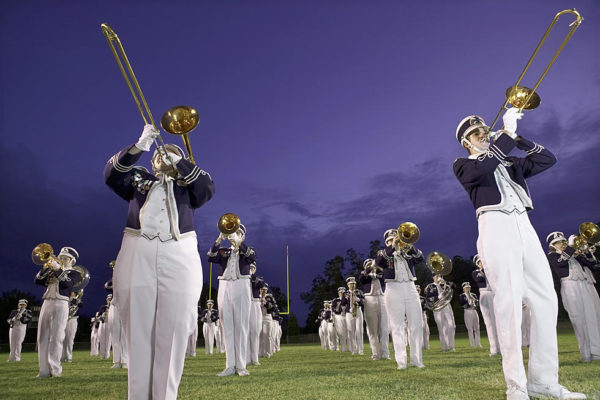We hear that organizational culture and climate can transform the workplace, in both positive or negative ways. Though most of us in the education arena would be hard pressed to define the elements of good school culture and how to make it better. We know it when we see it, right?
While it takes good leadership and a host of interwoven elements to bring about a cultural shift, school leaders should be aware that a strong arts presence brings tangible benefits to overall culture.
Defining School Culture
A good working definition of the elements of school culture may be found in a recent post in Harvard University Graduate School of Education’s Usable Knowledge forum citing the work of Ebony Bridwell-Mitchell:
Culture is Connections.
In a strong culture, there are many, overlapping, and cohesive interactions among all members of the organization. As a result, knowledge about the organization’s distinctive character — and what it takes to thrive in it — is widely spread and reinforced. In a weak culture, sparse interactions make it difficult for people to learn the organization’s culture, so its character is barely noticeable and the commitment to it is scarce or sporadic.
Culture is Core Beliefs and Behaviors.
Within that weak or strong structure, what exactly people believe and how they act depends on the messages — both direct and indirect — that the leaders and others in the organization send. A good culture arises from messages that promote traits like collaboration, honesty, and hard work.
Connecting the Arts to School Culture
The Arts are a vibrant reminder that students and teachers are engaged in creativity, communication, collaboration and critical thinking— the hallmarks of a 21st century education and also evidence of the norms and behaviors of strong school culture. The presence of the arts tells me there are shared values around access and equity and giving students voice and choice in their course selection. It tells me that there is a fundamental belief in a well-rounded education. It tells me that leadership supports the arts as a driving force that connects members of the school community, enables positive interactions, and gives the school distinctive character and flair.
Give it a try. As a parent or school visitor, how do you feel when you walk into an elementary school with student artwork lining the hallways, bringing learning to life with color and creativity? Or see courtyards filled with student murals and sculptures. Or witness displays of accomplished high school artists that show great imagination, maturity, and skill. As opposed to walking through clean, but featureless hallways painted an industrial blue. Nothing on the walls to tell me this place is ALIVE.
For me, the tangible signs of school culture go hand in hand with artistic culture. I want to see students with instrument cases, hear vocal and instrumental warm-ups and rehearsals, and witness impromptu pop up performances during lunch. I want to see flyers and playbills promoting musical, theatre and dance events, and students staying afterschool to rehearse. Students interacting informally with teachers and administrators. People smiling! And as much as we joke about having strong marching bands as a support to the football program, I want to see those student musicians on the field, learning their drill alongside the football team. Research tells us that band students are among the most engaged and successful students in high school. They (and their parents) bring a positive force to the school every day, not only on Friday nights.
Take a reading of the arts when you’re looking to gauge culture in our schools. It will tell you a lot.





